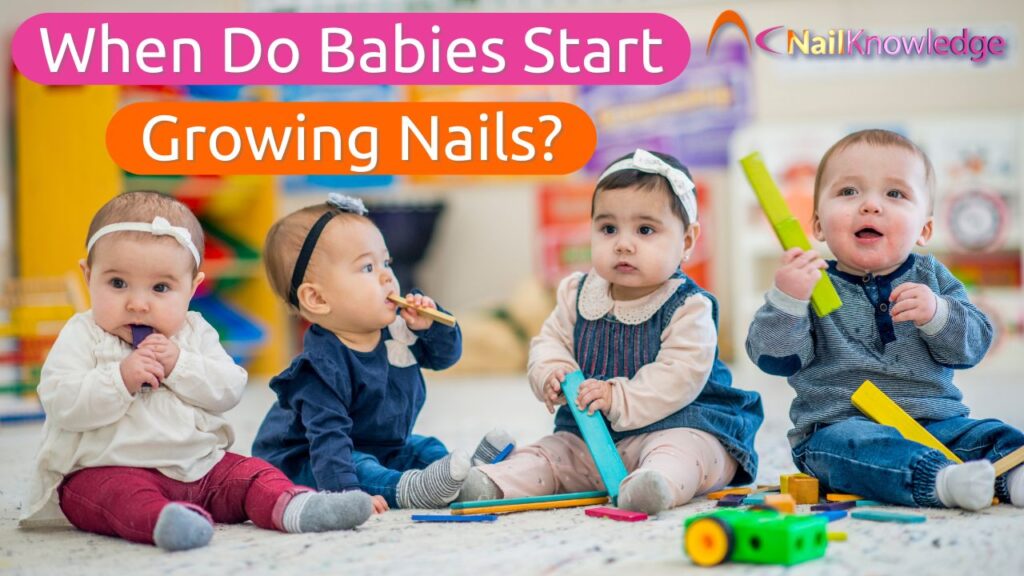Have you ever noticed the delicate nails on a newborn’s tiny fingers and toes? It’s a common query among expecting parents: when do babies start growing nails? This article explores the nail growth journey in babies, tracing the timeline from the early stages of pregnancy to the world outside the womb.
Understanding Baby Nail Development: Decoding Nail Formation in Infants
Nails serve vital functions beyond aesthetics; they protect fingertips and toes while enhancing sensory experiences. This development starts surprisingly early during gestation and plays a critical role in overall fetal growth.
Detailed Timeline of Nail Growth in Fetuses:
- Initial Development (10th week): The process begins quietly, under the skin, where the nail beds start to form.
- Visible Changes (16th week): Tiny, translucent nails appear on both the fingers and toes, slowly defining themselves more clearly against the baby’s skin.
- Pre-Birth Maturation (Third Trimester): During these final weeks, nails strengthen but remain soft, often reaching beyond the tips of tiny fingers by the time of birth.
Influencing Factors for Baby Nails
While genetics predominantly dictate the development timeline and characteristics of baby nails, maternal nutrition and health also subtly impact these early stages. Normal variations are to be expected, highlighting the uniqueness of each pregnancy.
Practical Tips for Managing Baby Nails
Swift growth can mean baby nails need frequent trimming to prevent accidental scratches. It’s best to trim nails during a baby’s sleep when they are most calm, using specially designed baby nail clippers that reduce the risk of nicks.
Addressing Parental Concerns
It’s common for new parents to notice and worry about nail irregularities like ridges or brittleness, which are typically harmless and resolve on their own. Persistent or pronounced abnormalities, however, should be evaluated by a pediatrician to rule out underlying health issues.
Navigating Baby Nail Development
The appearance of your baby’s nails, although subtle, is a fascinating indicator of the intricate developmental processes happening within the womb. As these variations are quite normal, gaining an understanding of what to expect can equip you to manage your baby’s nail care more effectively and with greater confidence.
Learn More: Explore our comprehensive guides on newborn nail formation in developing fetuses.


